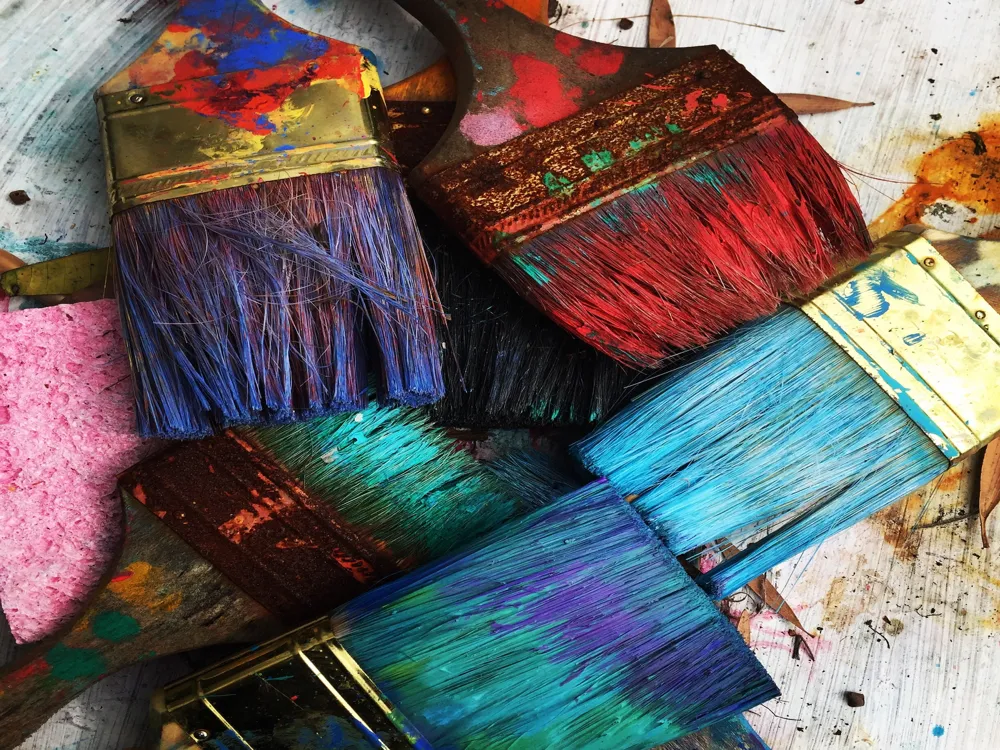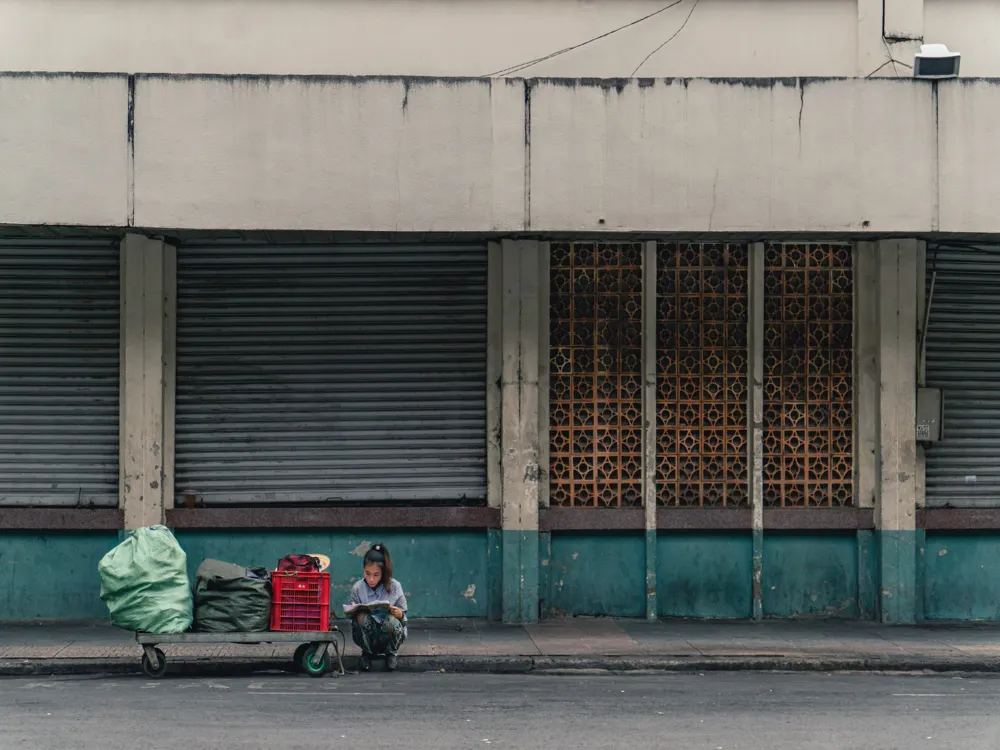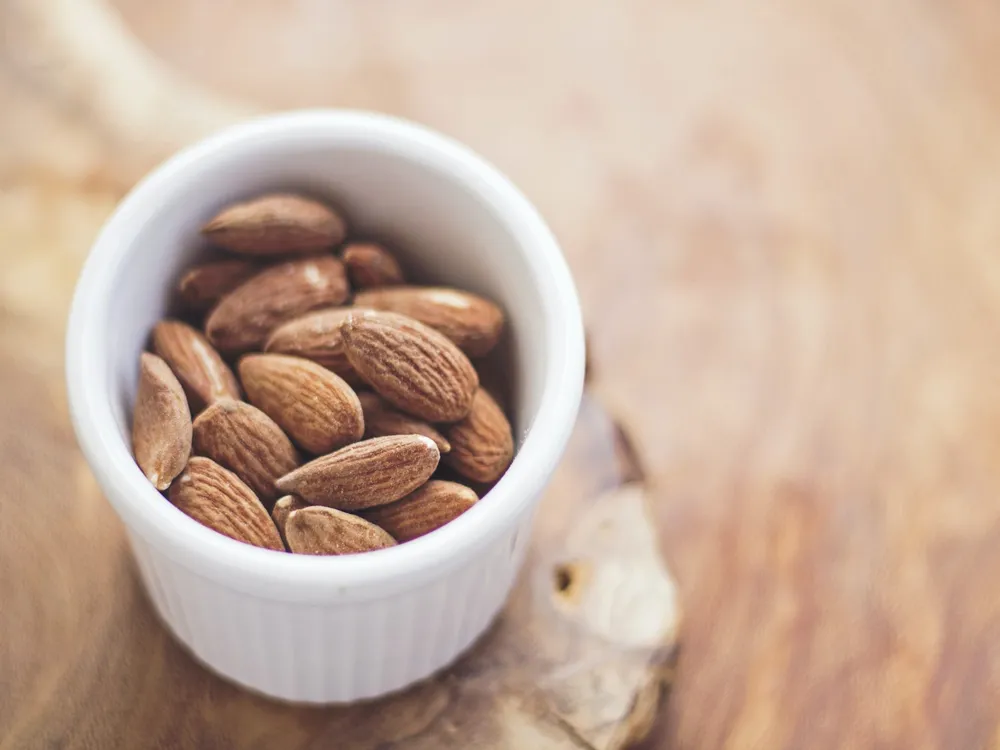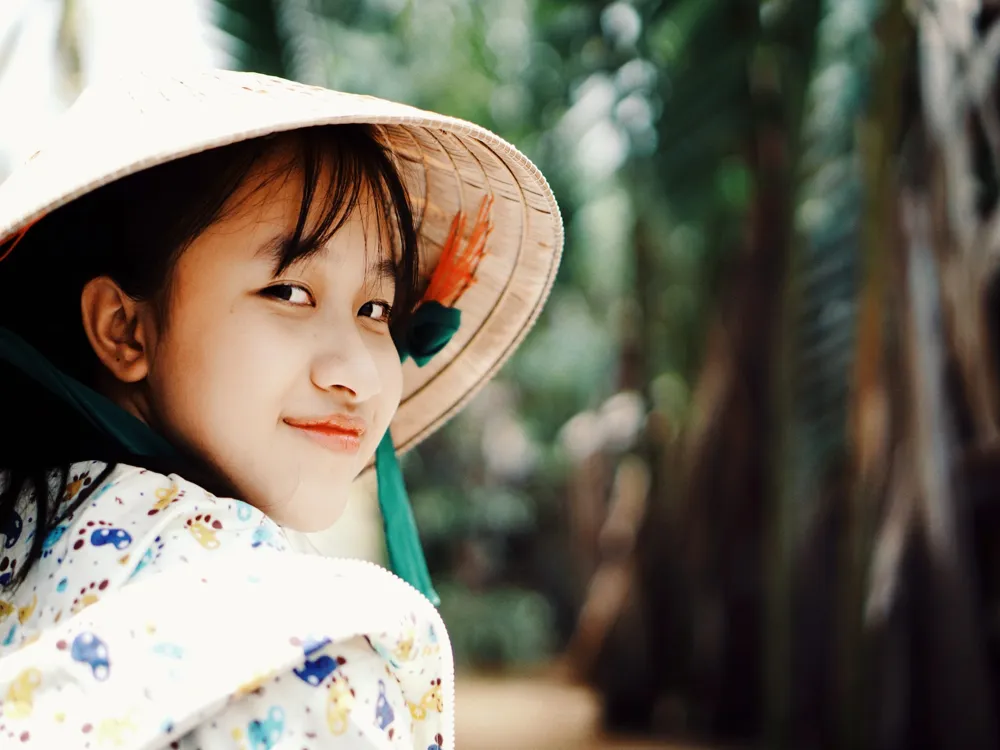The Thien Hau Temple, located in the bustling heart of Ho Chi Minh City, stands as a serene testament to the spiritual and cultural heritage of the Vietnamese people. Dedicated to Thien Hau, the sea goddess, this temple is not just a place of worship but a beacon of history and tradition in Vietnam's most dynamic city. As you step into the temple grounds, you are transported into a realm where the past and present merge, offering a unique glimpse into the spiritual practices that have shaped Vietnamese culture. Built in the 19th century by the Cantonese community, the temple's architecture is a splendid showcase of traditional Chinese style, interspersed with Vietnamese elements. The temple is renowned for its intricate sculptures and detailed woodwork, each telling a story from Chinese mythology and local folklore. The air is thick with incense, which locals believe helps carry their prayers to the heavens. The temple's atmosphere is one of tranquility and reverence, a stark contrast to the hustle and bustle of the city outside its walls. The temple not only serves as a place of worship but also as a community center, playing a pivotal role during festivals, particularly the Lunar New Year and the Lantern Festival. During these times, the temple is adorned with vibrant decorations and becomes a hub of activities, drawing locals and tourists alike to partake in the festivities. Whether you are a spiritual seeker, a lover of history, or simply a curious traveler, the Thien Hau Temple offers a profound and enriching experience. The Thien Hau Temple's architecture is a magnificent fusion of traditional Chinese and Vietnamese design elements, creating a visual feast for visitors. The temple complex is characterized by its intricate rooflines adorned with delicately carved figurines representing deities, legendary heroes, and mythical animals. These figures are not only artistic masterpieces but also serve as guardians of the temple, each with a unique story and significance in Chinese mythology. The main hall of the temple is an architectural marvel, with its wooden pillars intricately carved and adorned with gold leaf. The ceiling is a tapestry of colorful lanterns and coils of incense, which create a mystical ambiance. The temple's layout is designed to facilitate the flow of Qi, or life energy, believed to bring good fortune and health to worshippers. One of the most striking features of the temple is its elaborate altar, dedicated to Thien Hau. The altar is a work of art, embellished with gold, jade, and fine ceramics. Surrounding the altar are murals and paintings depicting scenes from Thien Hau's life and her miraculous deeds. These artworks are not only religious icons but also valuable pieces of cultural heritage, offering insight into the beliefs and artistic traditions of the Vietnamese people. The temple's courtyard is another highlight, with its well-manicured bonsai trees and tranquil koi pond, offering a peaceful retreat from the city's chaos. The courtyard also features a series of dioramas depicting scenes from Chinese opera, adding a cultural dimension to the temple's architecture. Visitors are advised to dress modestly out of respect for the temple's religious significance. Avoid wearing revealing clothing and ensure your shoulders and knees are covered. Photography is allowed, but it's important to be respectful. Avoid using flash inside the temple and do not photograph worshippers without their permission. Offering incense is a common practice. If you choose to partake, do so respectfully and follow the local customs. Light the incense and place it in the designated burners. Consider taking a guided tour to gain deeper insights into the temple's history and significance. Guides can provide valuable context and answer any questions you might have. Be mindful of the temple's cultural and religious importance. Speak softly, move slowly, and show respect to the deities and worshippers. Thien Hau Temple is easily accessible from various parts of Ho Chi Minh City. The most convenient way to reach the temple is by taxi or ride-sharing services like Grab. If you prefer public transport, buses are available, but it's important to check the latest routes Read MoreOverview of Thien Hau Temple in Ho Chi Minh City
Architecture of Thien Hau Temple
Tips When Visiting Thien Hau Temple
Dress Code
Photography Etiquette
Incense Offering
Guided Tours
Cultural Sensitivity
How to Reach Thien Hau Temple
Thien Hau Temple
Ho Chi Minh City
₹ 17,501 onwards
View ho-chi-minh-city Packages
Weather :
Tags : Temple
Time Required : 30 minutes - 1 hour
Planning a Trip? Ask Your Question
Ho-chi-minh-city Travel Packages
View All Packages For Ho-chi-minh-city
Top Hotel Collections for Ho-chi-minh-city

Private Pool

Luxury Hotels

5-Star Hotels

Pet Friendly
Top Hotels Near Ho-chi-minh-city
Other Top Ranking Places In Ho-chi-minh-city
View All Places To Visit In ho-chi-minh-city
View ho-chi-minh-city Packages
Weather :
Tags : Temple
Time Required : 30 minutes - 1 hour
Planning a Trip? Ask Your Question
Ho-chi-minh-city Travel Packages
View All Packages For Ho-chi-minh-city
Top Hotel Collections for Ho-chi-minh-city

Private Pool

Luxury Hotels

5-Star Hotels

Pet Friendly






















